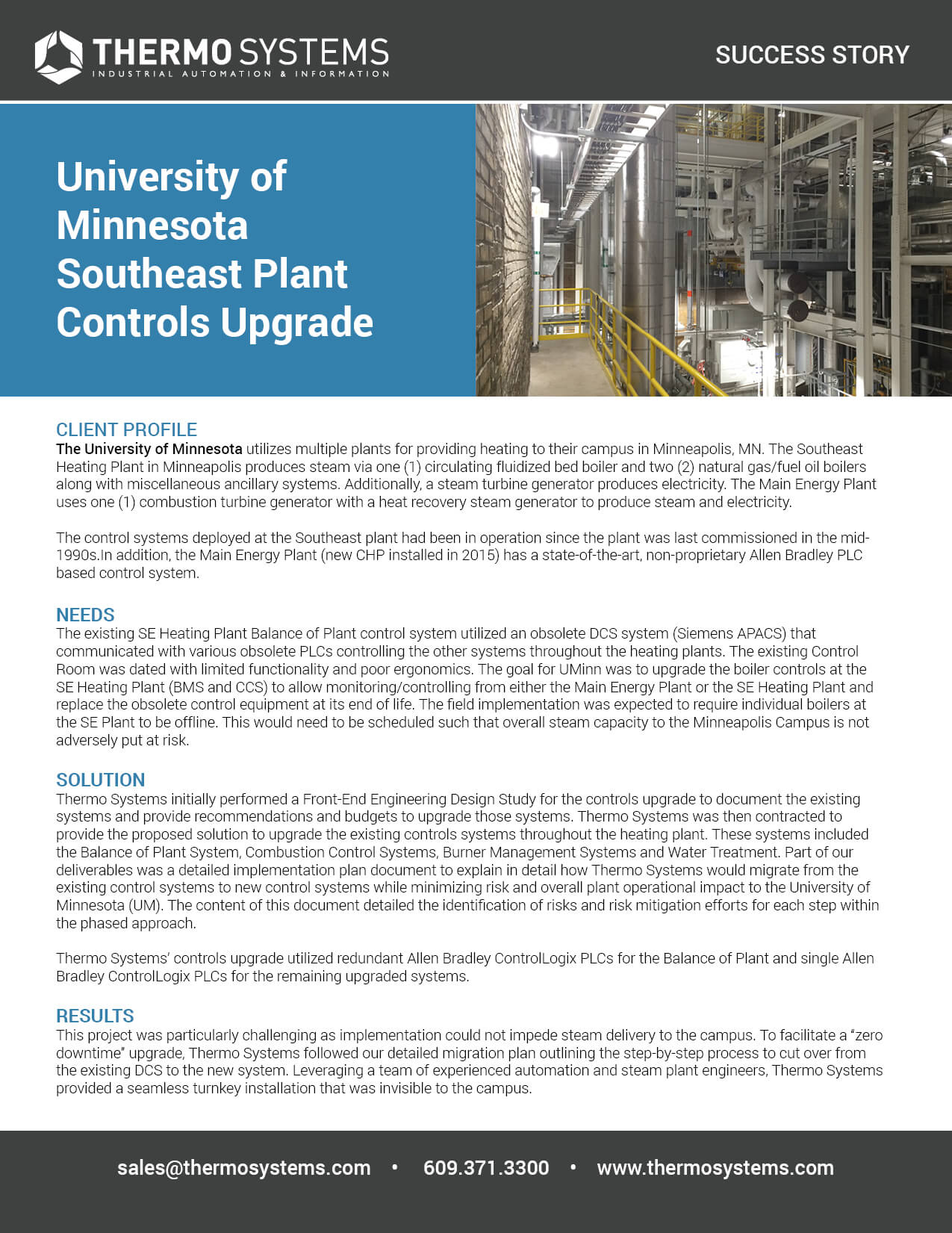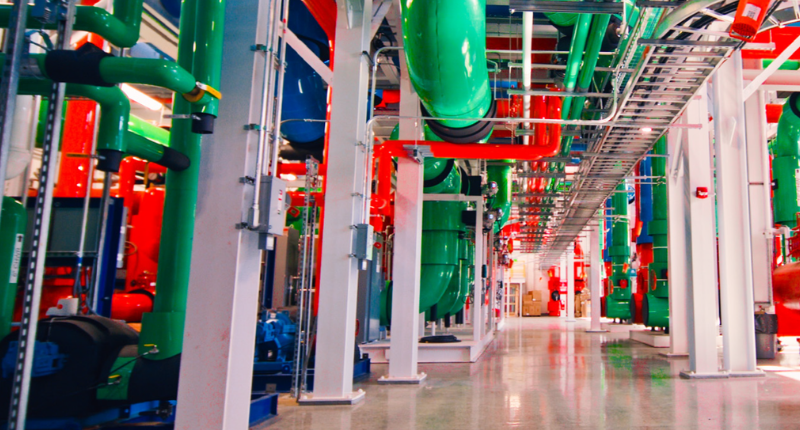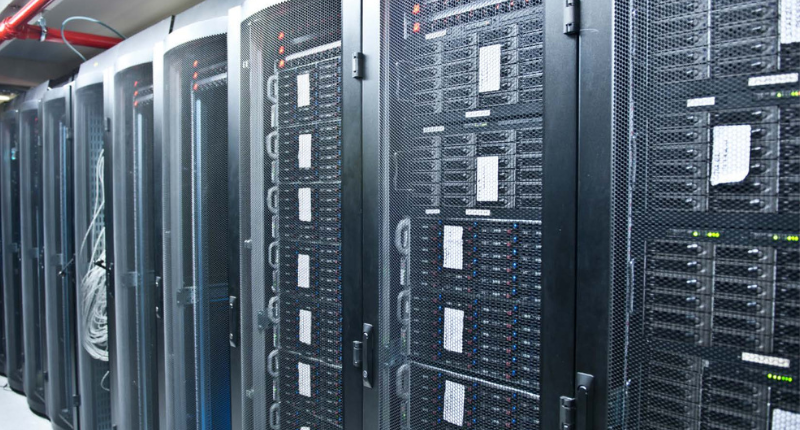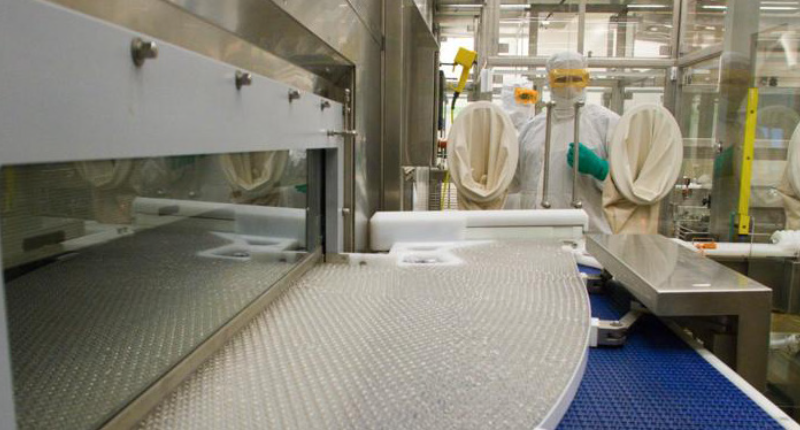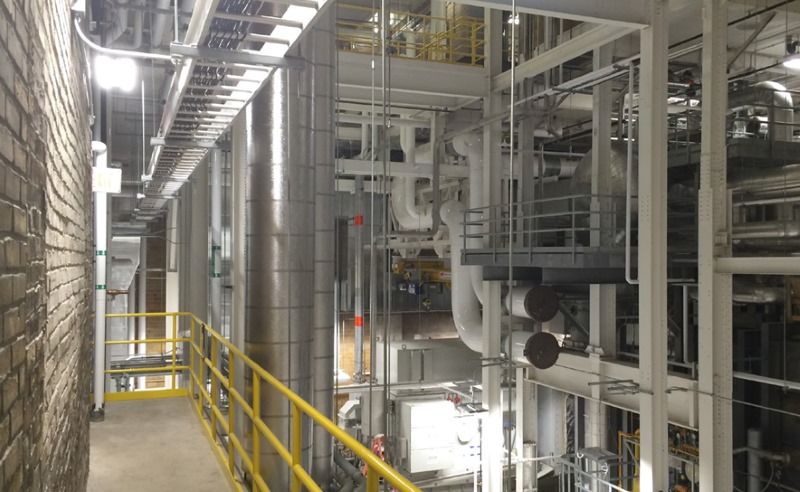
CLIENT PROFILE
The University of Minnesota utilizes multiple plants for providing heating to their campus in Minneapolis, MN. The Southeast Heating Plant in Minneapolis produces steam via one (1) circulating fluidized bed boiler and two (2) natural gas/fuel oil boilers along with miscellaneous ancillary systems. Additionally, a steam turbine generator produces electricity. The Main Energy Plant uses one (1) combustion turbine generator with a heat recovery steam generator to produce steam and electricity.
The control systems deployed at the Southeast plant had been in operation since the plant was last commissioned in the mid1990s. In addition, the Main Energy Plant (new CHP installed in 2015) has a state-of-the-art, non-proprietary Allen Bradley PLC based control system.
NEEDS
The existing SE Heating Plant Balance of Plant control system utilized an obsolete DCS system (Siemens APACS) that communicated with various obsolete PLCs controlling the other systems throughout the heating plants. The existing Control Room was dated with limited functionality and poor ergonomics. The goal for UMinn was to upgrade the boiler controls at the SE Heating Plant (BMS and CCS) to allow monitoring/controlling from either the Main Energy Plant or the SE Heating Plant and replace the obsolete control equipment at its end of life. The field implementation was expected to require individual boilers at the SE Plant to be offline. This would need to be scheduled such that overall steam capacity to the Minneapolis Campus is not adversely put at risk.
SOLUTION
Thermo Systems initially performed a Front-End Engineering Design Study for the controls upgrade to document the existing systems and provide recommendations and budgets to upgrade those systems. Thermo Systems was then contracted to provide the proposed solution to upgrade the existing controls systems throughout the heating plant. These systems included the Balance of Plant System, Combustion Control Systems, Burner Management Systems and Water Treatment. Part of our deliverables was a detailed implementation plan document to explain in detail how Thermo Systems would migrate from the existing control systems to new control systems while minimizing risk and overall plant operational impact to the University of Minnesota (UM). The content of this document detailed the identification of risks and risk mitigation efforts for each step within the phased approach.
Thermo Systems’ controls upgrade utilized redundant Allen Bradley ControlLogix PLCs for the Balance of Plant and single Allen Bradley ControlLogix PLCs for the remaining upgraded systems.
RESULTS
This project was particularly challenging as implementation could not impede steam delivery to the campus. To facilitate a “zero downtime” upgrade, Thermo Systems followed our detailed migration plan outlining the step-by-step process to cut over from the existing DCS to the new system. Leveraging a team of experienced automation and steam plant engineers, Thermo Systems provided a seamless turnkey installation that was invisible to the campus.
